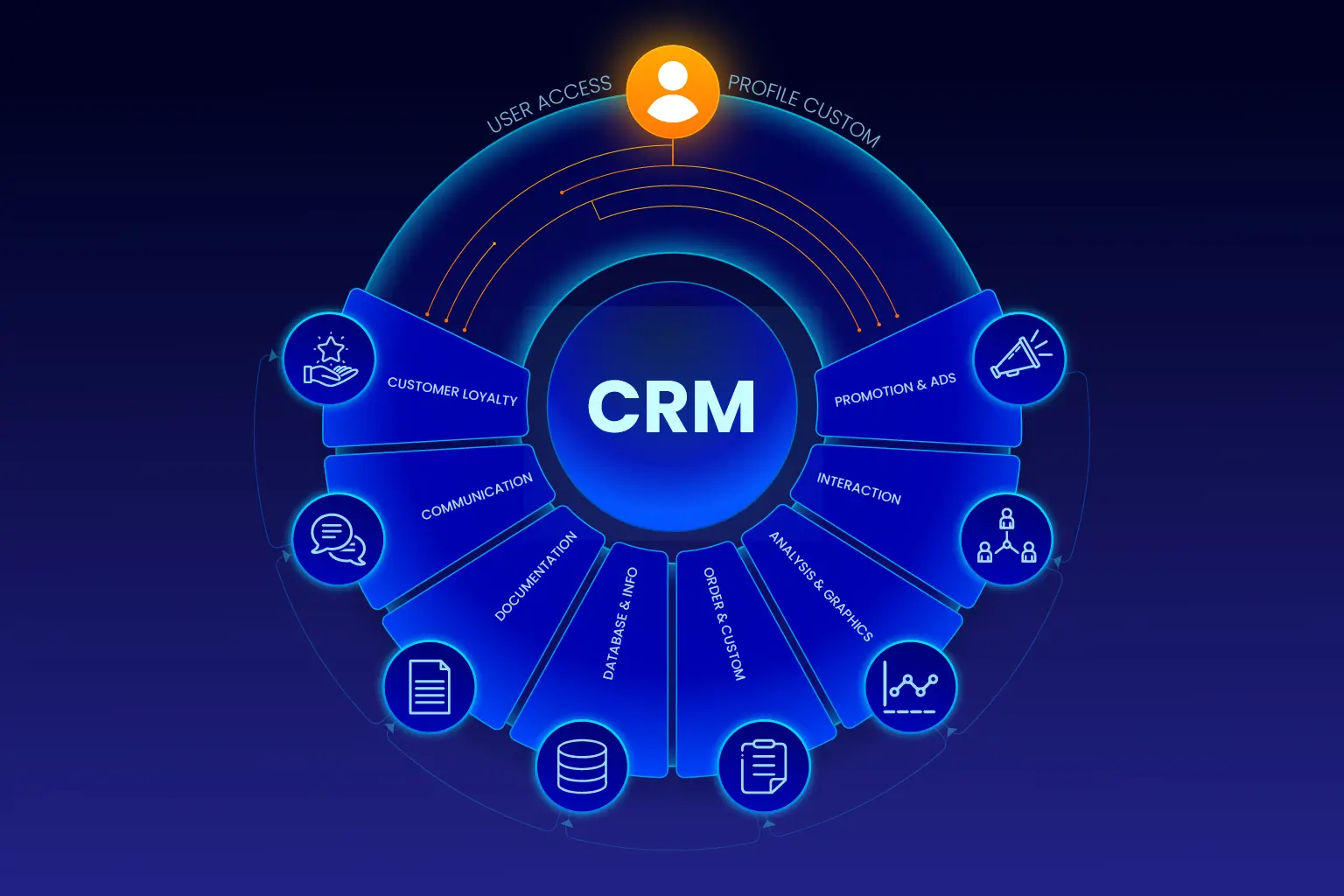Description
SaaS (Software as a Service) Product Development refers to designing, building, and deploying cloud-based software applications delivered to users over the Internet. Unlike traditional software, SaaS products are hosted centrally by a service provider and accessed via web browsers or APIs, offering customers the convenience of not installing or maintaining software on their own devices. SaaS products are typically subscription-based, providing scalable, on-demand services to users, making them highly accessible and cost-effective.
The development of a SaaS product involves several vital stages: ideation, market research, product design, software architecture planning, development, testing, deployment, and ongoing maintenance. It leverages cloud computing infrastructure to ensure scalability, security, and high availability. SaaS applications often utilize multi-tenant architecture, where multiple customers share a single software instance, ensuring efficient resource use and more accessible updates.
SaaS product development integrates modern technologies such as microservices, containerization, serverless computing, and APIs to enhance flexibility, reliability, and performance. Continuous integration and continuous deployment (CI/CD) practices are vital in maintaining a streamlined development cycle, enabling rapid release of new features, updates, and bug fixes.
Security and compliance are also central to SaaS development, with built-in mechanisms for data encryption, access control, and adherence to industry-specific regulations (e.g., GDPR, HIPAA). Additionally, SaaS products often come with automated backups, disaster recovery, and real-time analytics to enhance business value and ensure business continuity.
Overall, SaaS product development empowers businesses to deliver highly scalable, accessible, and cost-effective software solutions to global customers, offering them seamless, real-time access to powerful tools and services without complex IT infrastructure.





Taye –
“SaaS Product Development has been an invaluable asset to our team. The platform’s user-friendly interface and comprehensive feature set have streamlined our product development process, enabling us to create and launch innovative products with greater efficiency. The team behind the software has provided excellent support, ensuring a smooth implementation and maximizing our utilization of the platform’s potential. We highly recommend SaaS Product Development to any organization looking to enhance their software development capabilities.”
Olawale –
“SaaS Product Development is an invaluable asset for streamlining our software development processes. Its intuitive platform and comprehensive features have empowered our team to create innovative and scalable solutions with unprecedented efficiency. The seamless integration with our existing tools and the exceptional support team have made this partnership a game-changer for our business. We highly recommend SaaS Product Development to any organization seeking to accelerate their software development and achieve exceptional results.”
Serah –
“SaaS Product Development has been an invaluable partner in our software development journey. Their team’s expertise, attention to detail, and commitment to our vision have resulted in exceptional products that meet our business objectives. They’ve consistently gone above and beyond, providing innovative solutions and proactive support that has accelerated our time-to-market and exceeded our expectations.”